

| Cruise Region : Europe |
| Company : Viva Cruises |
| Ship : VIVA MOMENTS |
| Journey Start : Sun 27 Dec 2026 |
| Journey End : Sun 03 Jan 2027 |
| Count Nights : 7 nights |
| Day | Date | Port | Arrival | Departure |
|---|---|---|---|---|
| 1 | 27.12 Sun | Dusseldorf / Germany | 18:00 | |
| 2 | 28.12 Mon | Amsterdam / Netherlands | 09:00 | |
| 3 | 29.12 Tue | Utrecht / Netherlands | 12:30 | 18:30 |
| 3 | 29.12 Tue | Amsterdam / Netherlands | 09:00 | |
| 4 | 30.12 Wed | Antwerp / Belgium | 07:30 | |
| 5 | 31.12 Thu | Rotterdam / Netherlands | 12:30 | |
| 5 | 31.12 Thu | Antwerp / Belgium | 02:00 | |
| 6 | 1.01 Fri | Gorinchem / Netherlands | 11:00 | 17:00 |
| 6 | 1.01 Fri | Nijmegen / Netherlands | 22:30 | |
| 6 | 1.01 Fri | Rotterdam / Netherlands | 08:00 | |
| 7 | 2.01 Sat | Nijmegen / Netherlands | 15:00 | |
| 8 | 3.01 Sun | Dusseldorf / Germany | 04:00 |
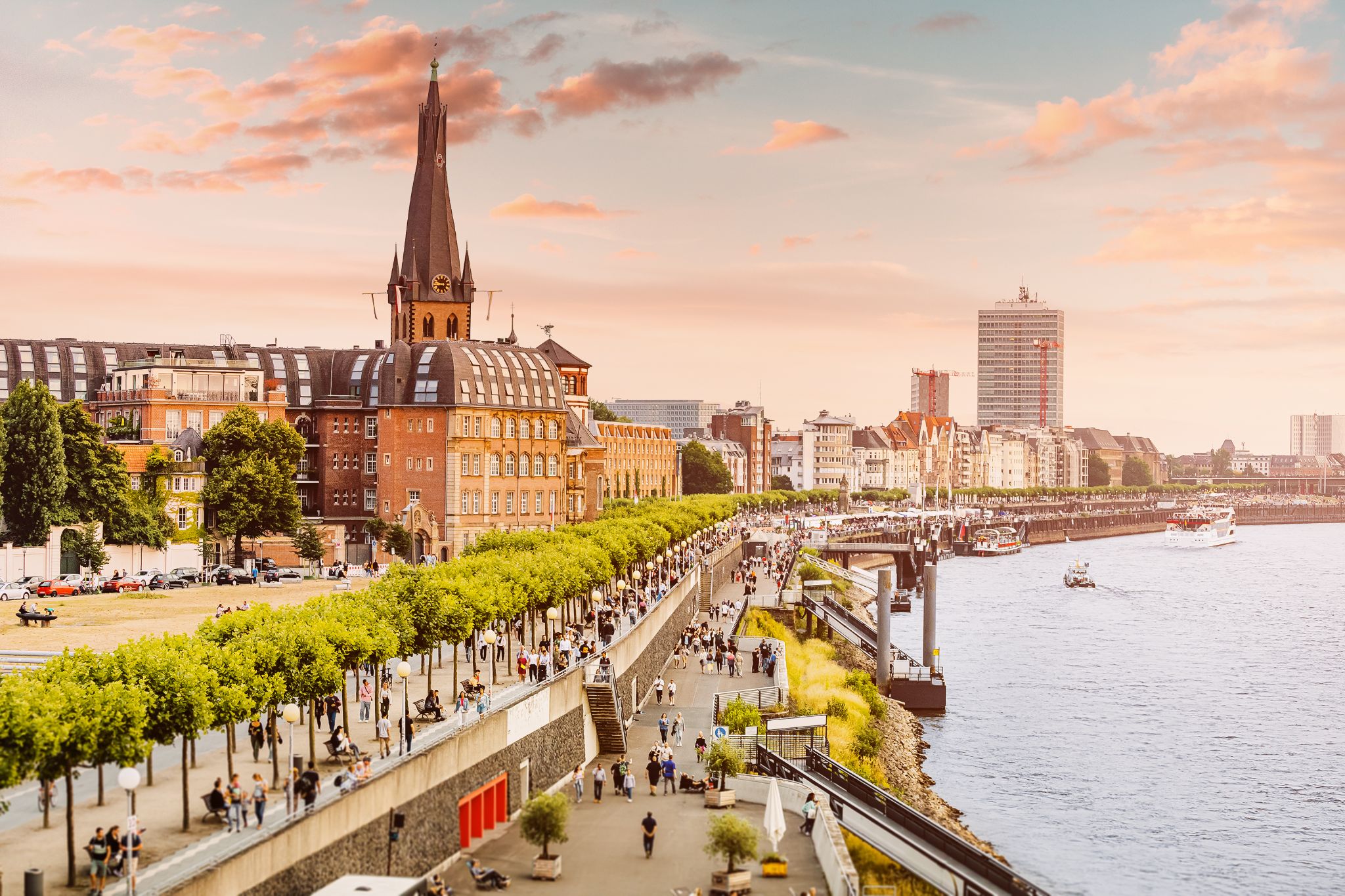
Düsseldorf is the capital and second-largest city of the most populous German federal state of North Rhine-Westphalia after Cologne, as well as the seventh-largest city in Germany. with a population of 617,280. At the confluence of the Rhine and its tributary Düssel, the city lies in the centre of both the Rhine-Ruhr and the Rhineland Metropolitan Regions with the Cologne Bonn region to its south and the Ruhr to its north. Most of the city lies on the right bank of the Rhine (as opposed to Cologne, whose city centre lies on the river's left bank). The city is the largest in the German Low Franconian dialect area (closely related to Dutch). "Dorf" meaning "village" in German, the "-dorf" suffix (English cognate: thorp) is unusual in the German-speaking area for a settlement of Düsseldorf's size.
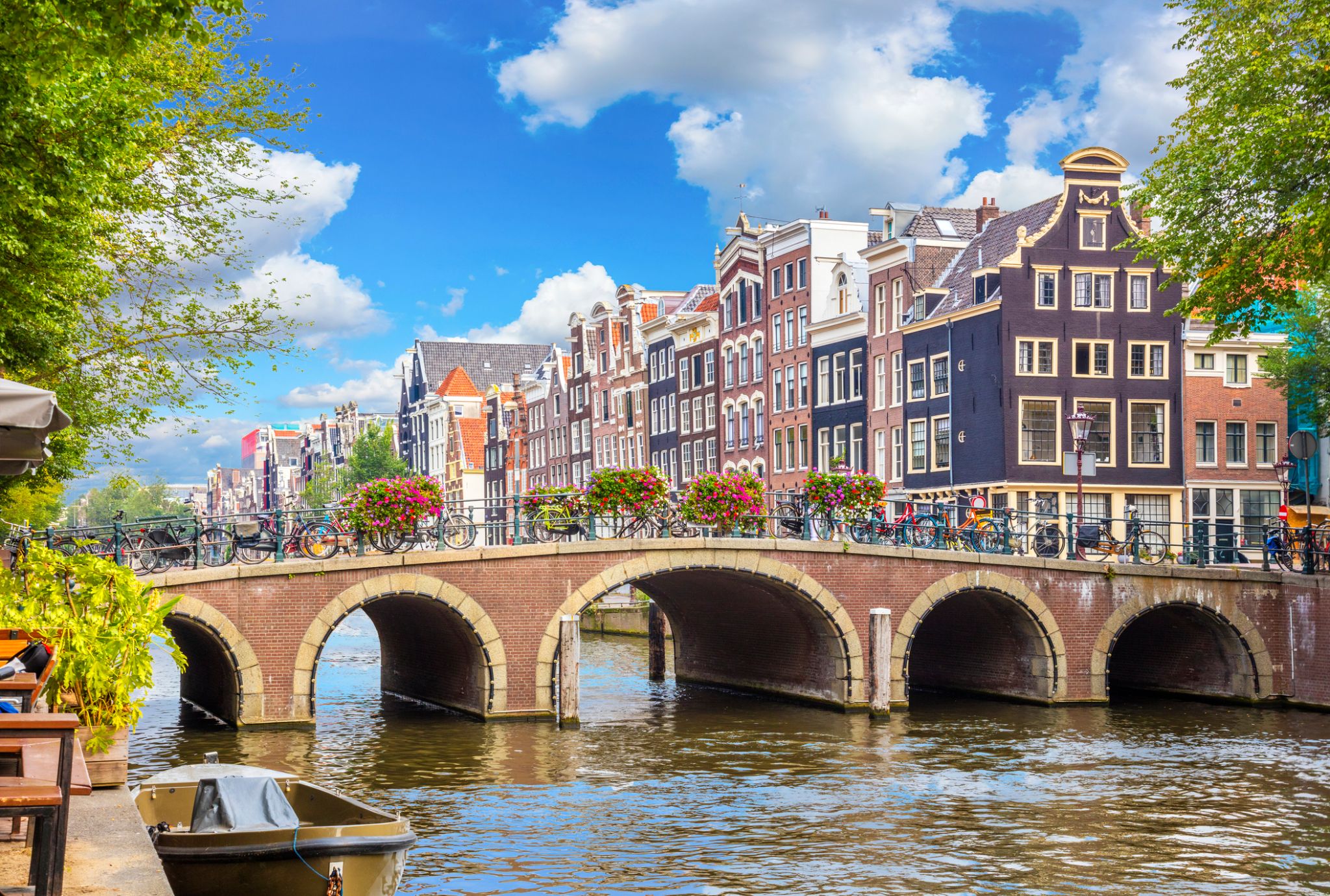
Amsterdam is the capital city and most populous municipality of the Netherlands. Its status as the capital is mandated by the Constitution of the Netherlands, although it is not the seat of the government, which is The Hague. Amsterdam has a population of 851,373 within the city proper, 1,351,587 in the urban area] and 2,410,960 in the metropolitan area. The city is located in the province of North Holland in the west of the country but is not its capital, which is Haarlem. The metropolitan area comprises much of the northern part of the Randstad, one of the larger conurbations in Europe, with a population of approximately 8 million.
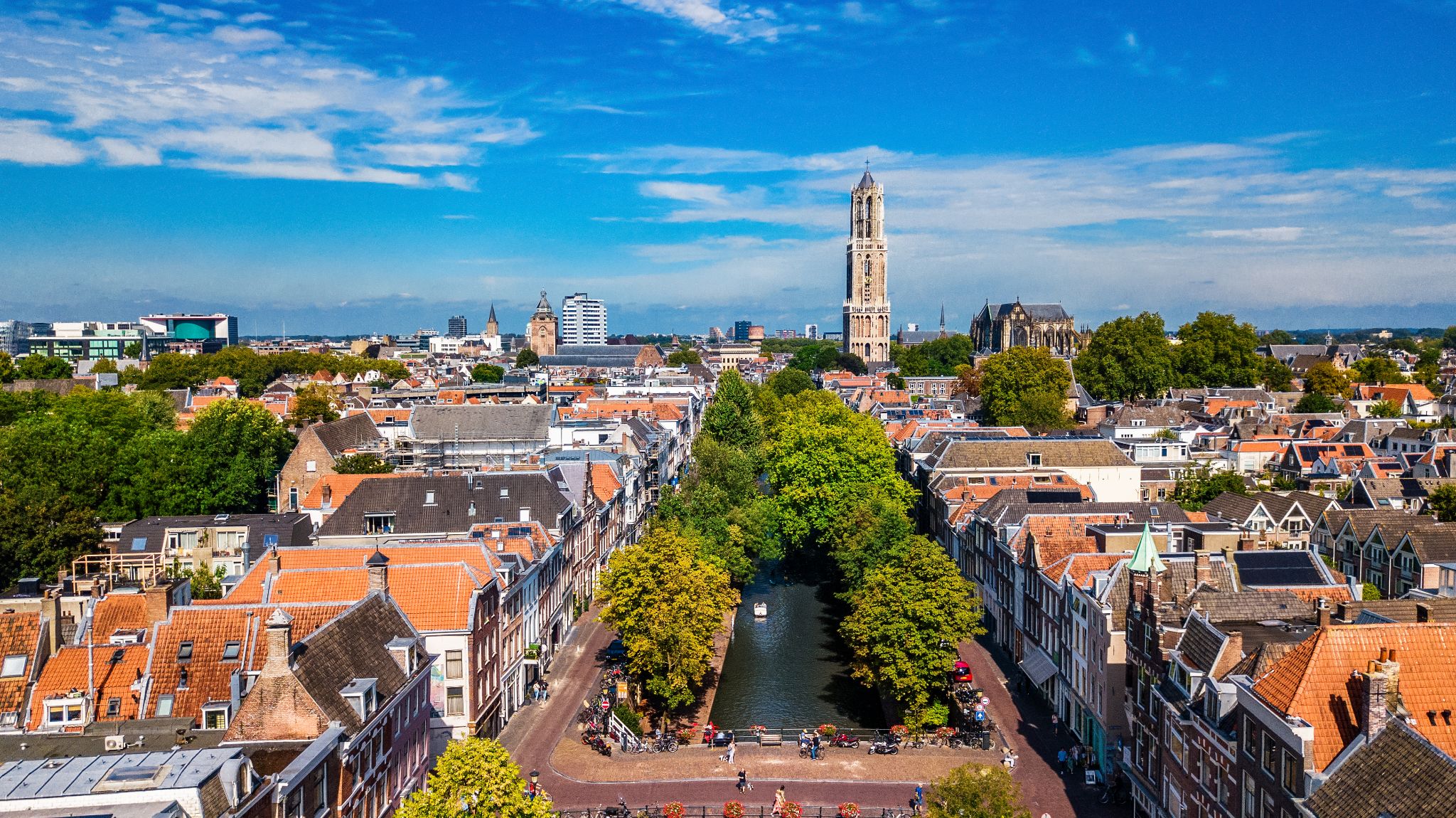
Utrecht is the fourth-largest city and a municipality of the Netherlands, capital and most populous city of the province of Utrecht. It is located in the eastern corner of the Randstadconurbation, and in the very centre of mainland Netherlands, and had a population of 345,080 in 2017.
Utrecht's ancient city centre features many buildings and structures several dating as far back as the High Middle Ages. It has been the religious centre of the Netherlands since the 8th century. It lost the status of prince-bishopric but remains the main religious centre in the country. Utrecht was the most important city in the Netherlands until the Dutch Golden Age, when it was surpassed by Amsterdam as the country's cultural centre and most populous city.
Utrecht is host to Utrecht University, the largest university in the Netherlands, as well as several other institutions of higher education. Due to its central position within the country, it is an important transport hub for both rail and road transport. It has the second highest number of cultural events in the Netherlands, after Amsterdam. In 2012, Lonely Planet included Utrecht in the top 10 of the world’s unsung places.

Amsterdam is the capital city and most populous municipality of the Netherlands. Its status as the capital is mandated by the Constitution of the Netherlands, although it is not the seat of the government, which is The Hague. Amsterdam has a population of 851,373 within the city proper, 1,351,587 in the urban area] and 2,410,960 in the metropolitan area. The city is located in the province of North Holland in the west of the country but is not its capital, which is Haarlem. The metropolitan area comprises much of the northern part of the Randstad, one of the larger conurbations in Europe, with a population of approximately 8 million.
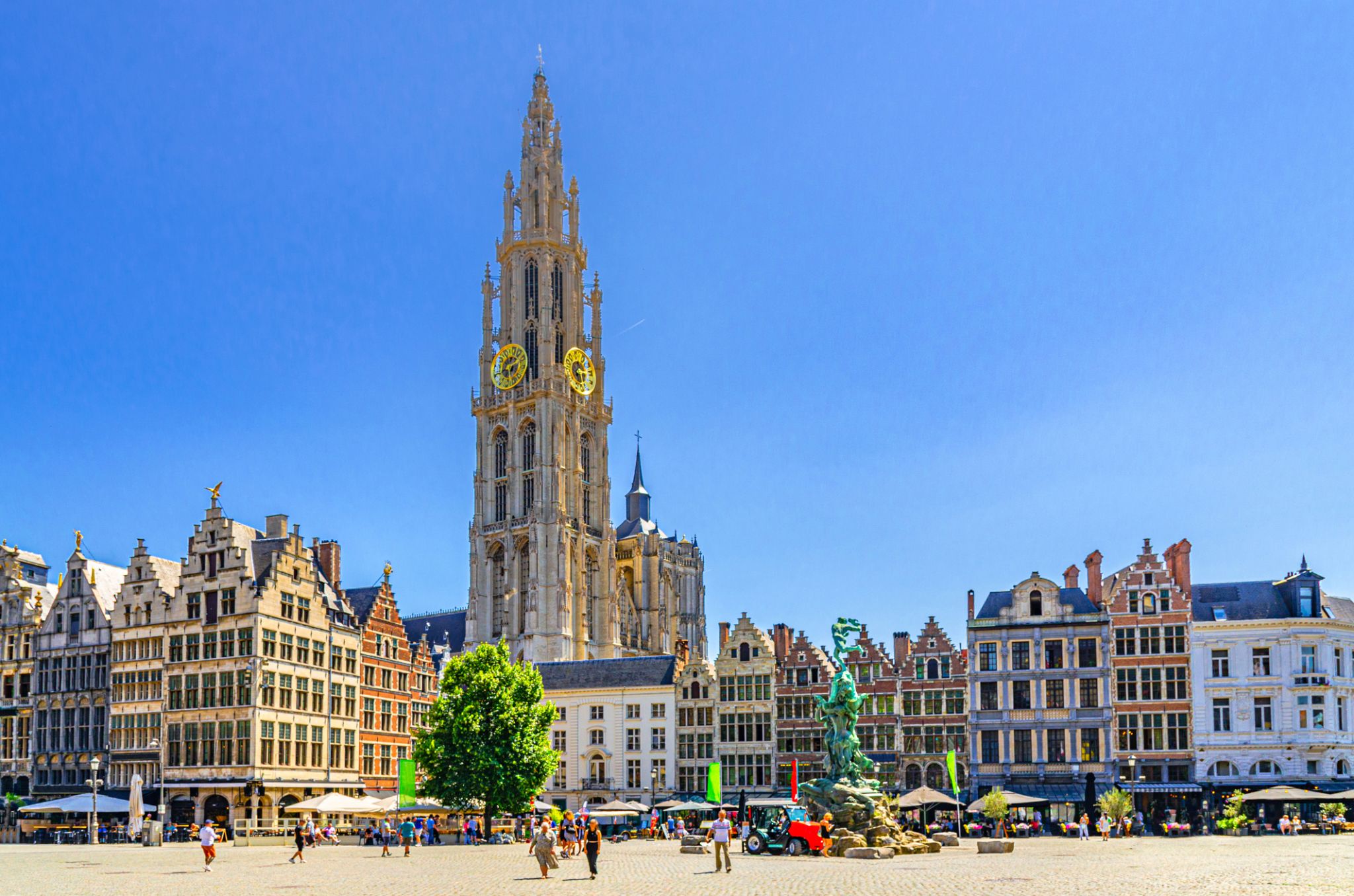
Antwerp is a city and a municipality in the Flemish Region of Belgium. It is the capital and largest city of Antwerp Province, and the third-largest city in Belgium by area at 208.22 km2 (80.39 sq mi), after Tournai and Couvin. With a population of 565,039, it is the most populous municipality in Belgium, and with a metropolitan population of over 1.2 million people, the country's second-largest metropolitan area after Brussels.
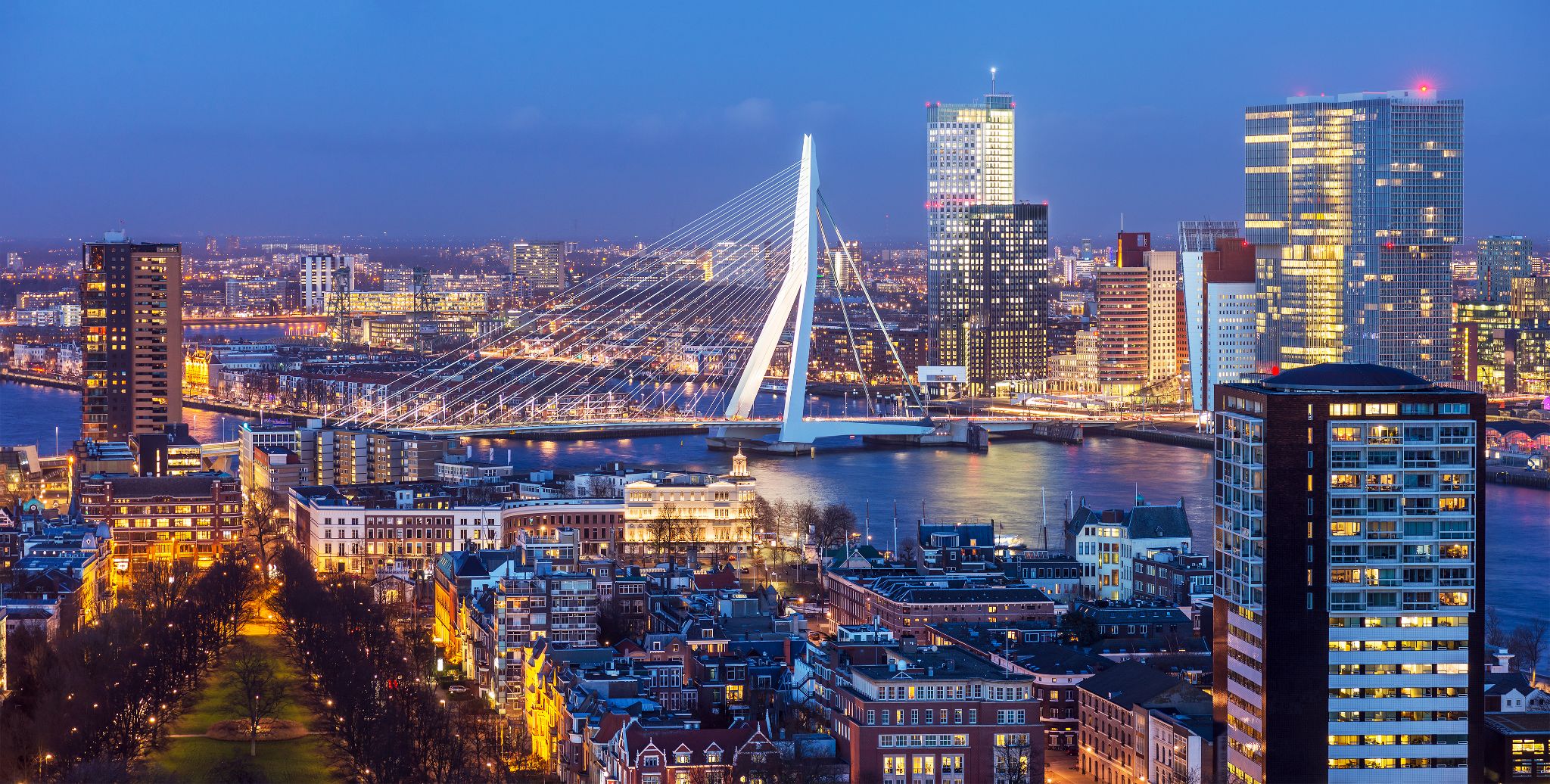
Rotterdam is the second-largest city and a municipality of the Netherlands. It is located in the province of South Holland, at the mouth of the Nieuwe Maaschannel leading into the Rhine–Meuse–Scheldt delta at the North Sea. Its history goes back to 1270, when a damwas constructed in the Rotte, after which people settled around it for safety. In 1340, Rotterdam was granted city rights by the Count of Holland.
A major logistic and economic centre, Rotterdam is Europe's largest port. It has a population of 633,471 (2017).Rotterdam is known for its Erasmus University, its riverside setting, lively cultural life and maritime heritage. The near-complete destruction of the city centre in the World War II Rotterdam Blitz has resulted in a varied architectural landscape, including sky-scrapers (an uncommon sight in other Dutch cities) designed by renowned architects such as Rem Koolhaas, Piet Blom and Ben van Berkel.
The Rhine, Meuse and Scheldt give waterway access into the heart of Western Europe, including the highly industrialized Ruhr. The extensive distribution system including rail, roads, and waterways have earned Rotterdam the nicknames "Gateway to Europe" and "Gateway to the World".

Antwerp is a city and a municipality in the Flemish Region of Belgium. It is the capital and largest city of Antwerp Province, and the third-largest city in Belgium by area at 208.22 km2 (80.39 sq mi), after Tournai and Couvin. With a population of 565,039, it is the most populous municipality in Belgium, and with a metropolitan population of over 1.2 million people, the country's second-largest metropolitan area after Brussels.

Gorinchem, also spelled Gorkum, is a city and municipality in the western Netherlands, in the province of South Holland. The municipality covers an area of 21.93 km2 (8.47 sq mi) of which 3.10 km2 (1.20 sq mi) is water. It had a population of 37,410 in 2021.
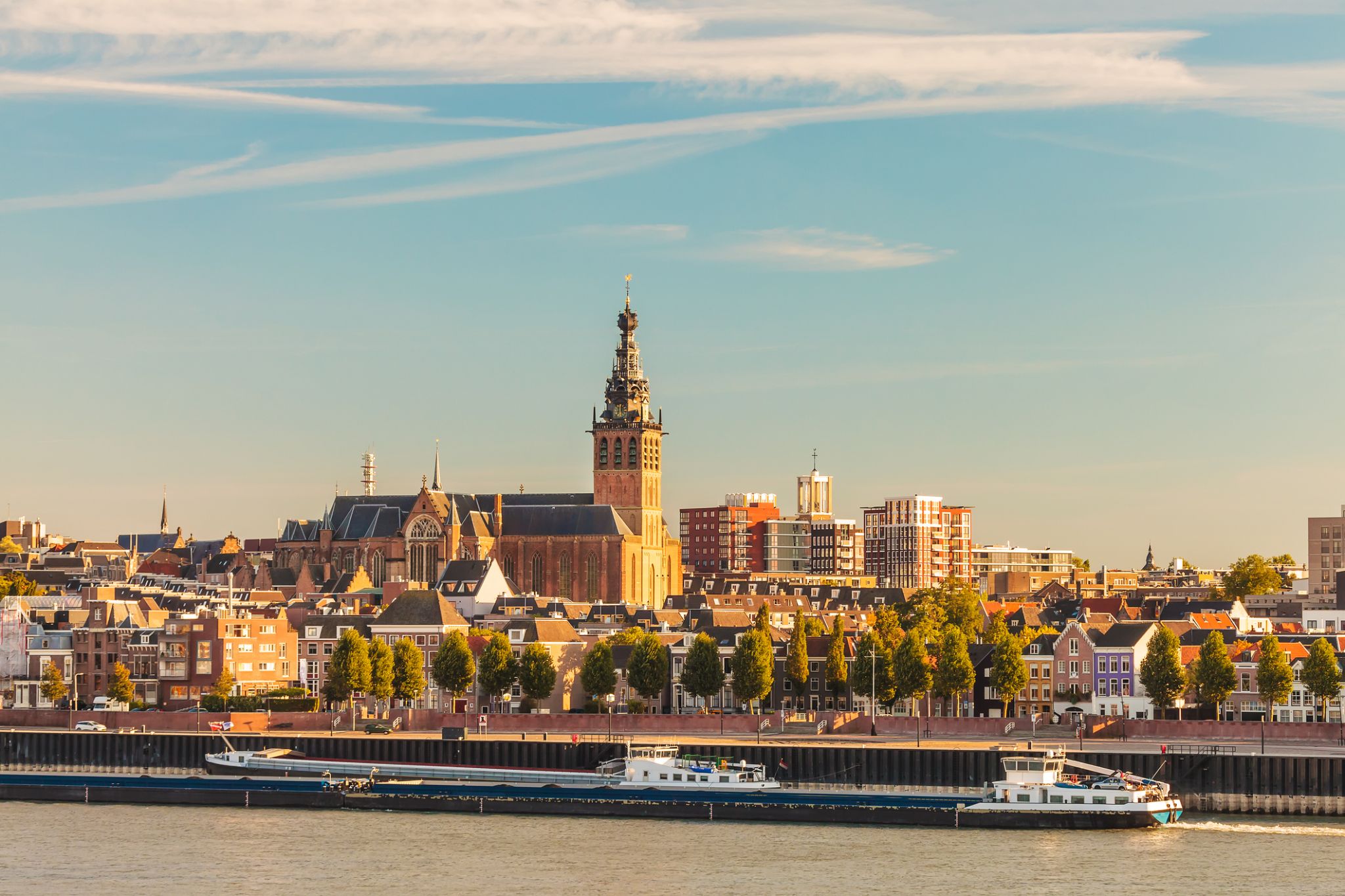
On the southern bank of the Waal River lies the city of Nijmegen, a major industrial center where brick manufacturing, the chemical industry, tobacco production, and electrical equipment manufacturing are especially well developed. One of the most curious constructions, shaped like a whale, is located on the Waal's riverbank — it’s the river fleet control center, as Nijmegen also serves as a river port. Nearby stands a sculpture of the fictional heroine Mariken van Nijmegen, who has become a symbolic figure for the city.
Nijmegen is also home to the fascinating National Bicycle Museum “Velorama.” Interestingly, it is the only museum of its kind in the Netherlands, despite the country’s well-known love of cycling. The museum’s exhibitions display the beauty and diversity of bicycle transport. Today, its collection includes over 500 bicycles.

Rotterdam is the second-largest city and a municipality of the Netherlands. It is located in the province of South Holland, at the mouth of the Nieuwe Maaschannel leading into the Rhine–Meuse–Scheldt delta at the North Sea. Its history goes back to 1270, when a damwas constructed in the Rotte, after which people settled around it for safety. In 1340, Rotterdam was granted city rights by the Count of Holland.
A major logistic and economic centre, Rotterdam is Europe's largest port. It has a population of 633,471 (2017).Rotterdam is known for its Erasmus University, its riverside setting, lively cultural life and maritime heritage. The near-complete destruction of the city centre in the World War II Rotterdam Blitz has resulted in a varied architectural landscape, including sky-scrapers (an uncommon sight in other Dutch cities) designed by renowned architects such as Rem Koolhaas, Piet Blom and Ben van Berkel.
The Rhine, Meuse and Scheldt give waterway access into the heart of Western Europe, including the highly industrialized Ruhr. The extensive distribution system including rail, roads, and waterways have earned Rotterdam the nicknames "Gateway to Europe" and "Gateway to the World".

On the southern bank of the Waal River lies the city of Nijmegen, a major industrial center where brick manufacturing, the chemical industry, tobacco production, and electrical equipment manufacturing are especially well developed. One of the most curious constructions, shaped like a whale, is located on the Waal's riverbank — it’s the river fleet control center, as Nijmegen also serves as a river port. Nearby stands a sculpture of the fictional heroine Mariken van Nijmegen, who has become a symbolic figure for the city.
Nijmegen is also home to the fascinating National Bicycle Museum “Velorama.” Interestingly, it is the only museum of its kind in the Netherlands, despite the country’s well-known love of cycling. The museum’s exhibitions display the beauty and diversity of bicycle transport. Today, its collection includes over 500 bicycles.

Düsseldorf is the capital and second-largest city of the most populous German federal state of North Rhine-Westphalia after Cologne, as well as the seventh-largest city in Germany. with a population of 617,280. At the confluence of the Rhine and its tributary Düssel, the city lies in the centre of both the Rhine-Ruhr and the Rhineland Metropolitan Regions with the Cologne Bonn region to its south and the Ruhr to its north. Most of the city lies on the right bank of the Rhine (as opposed to Cologne, whose city centre lies on the river's left bank). The city is the largest in the German Low Franconian dialect area (closely related to Dutch). "Dorf" meaning "village" in German, the "-dorf" suffix (English cognate: thorp) is unusual in the German-speaking area for a settlement of Düsseldorf's size.